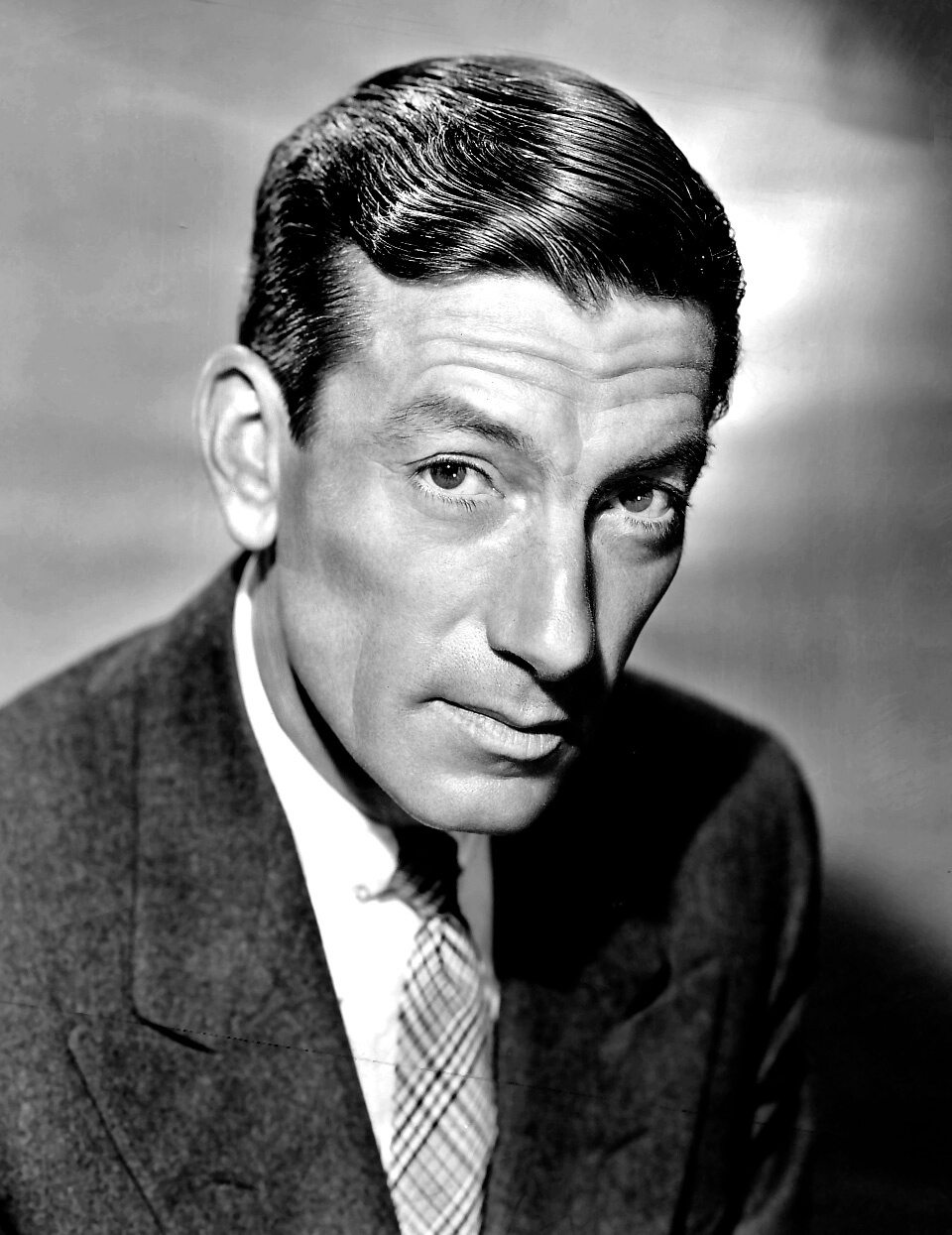Here’s a motto to listen by: it’s harder to write a song than a sonata.
There’s a general perception both among outside listeners and musicians inside institutional structures that the sonata is one of the supreme formal achievements of classical music. And this is true, proven by how vital and enduring the form has been since composers like Haydn were inventing and refining it in the 18th Century (anyone interested in exploring that story should read Charles Rosen’s brilliant book, Sonata Forms, which uses notation examples but is fully accessible to general readers).
I’m not here to denigrate sonatas, I’m here to elevate songs. Songs are self-evidently great, just think about how you feel when you listen to them, even if you don’t sing along, and that’s all you need to know about their effect and value. This means a song-based form like jazz is self-evidently great (even just on paper, before the music starts and you’re tapping your foot), and also why I’m never satisfied when I hear anyone say jazz is America’s classical music. Classical music can have itself, we don’t need another kind, we’ve got jazz and doesn’t have to be anything more than jazz. Again, I’m not putting down classical music which I not only love but is fundamental to my background as a musician and composer. Rather, I want to obliterate false notions of sophistication and high and low, which are more based on atavistic notions of social class and race than on anything musical: in terms of aesthetic and formal, philosophical and social, criteria, jazz is at the top alongside many equals.
But what if jazz is more sophisticated? This is what I mean by saying a song is harder to write than a sonata. A sonata is a form that works, roughly, through a structure of harmony and style. They come predominately in three movements, fast-slow-fast, and follow a harmonic structure (even if only in the first movement) that lays out specific material and moves it through key changes and sets it against other material, only to bring it back in the end in
a transformed version. This structure itself was only identified after the fact, in the 19th century, through a process of studying the common elements
in hundreds of pieces.
The thing about writing a sonata, though, is you don’t really need a melody. You need some kind of recognizable idea, a riff, but it doesn’t have to be memorable outside the listening experience, or even very good. What’s most important in a sonata is harmony, and the what Western music is taught, harmony is given more importance than anything else. This is also true in jazz, where musicians are expected to master harmony as the basis for improvisation and composition.
Now, think about songs. A good song needs a good melody and good lyrics. Melody is much loved but little understood, there’s no substantial teaching in how to make a good melody, and the results through history seems to come down to some combination of hit-and-miss and innate talent. Some like Verdi and Dvořák had it, others had it some of the time but not all the time, like Beethoven and Mahler, some never really had it, like Schoenberg, and some never really needed it, like Stravinsky. Classical music is the kind of tradition where a great historical genius like Stravinsky never really had to fret over a good melody.
But anything to do with songs better have a melody or get the hell out of here. And by the way, you have to also write meaningful words that fit right into the melody and that work with the harmony as well. And if you want to be worth something, you’ve got to do it over and over again. That’s pretty fucking hard. Think about a great composer like Billy Strayhorn, who wrote the all-time classic “Lush Life” and numerous other compositions for Duke Ellington. Strayhorn crafted fabulous tunes, like for “Chelsea Bridge,” “Lotus Blossom,” and “A Flower is a Lovesome Thing,” but the lyrics for those are nearly forgotten, they just don’t tell a rich, complex, unforgettable story as they do for “Lush Life.”
But that song, and ones by the great lyricist Fran Landesman (“Spring Can Really Hand You Up The Most,” “The Peacocks”), Hoagy Carmichael, George and Ira Gershwin, Stevie Wonder, Antonio Carlos Jobim, are sophisticated works of musical art in every way. On the value system of Western music, the harmonies from these—especially Carmichael and Gershwin—are of the highest level, full of endless riches that musicians mine in their improvisations, technically sophisticated but also so well-crafted that their subtle flow buries itself like a star inside the listener. Gershwin’s “I Got Rhythm” alone became it’s own improvisational form, with musicians keeping the harmonic structure and adding their own ideas in replace of the original melody—a sonata-like form, if you will. But unlike any sonata, the versatility and enduring meaning of “rhythm changes” are so profound that, as the late, great Phil Schaap used to point out, Charlie Parker blew over the changes, and they are the harmonies on which the theme to “The Flintstones” was written.
How’s that for both abstract musical and technical quality and social meaning? I again will emphasize that this is not a competition, rather that it’s about hearing how great songs are, and how much musical brilliance it takes to write a song that thousands of musicians want to play decade after decade. It’s also a way to think about sonatas and songs together. The metaphorical explanation of sonata form is that it’s about a journey: the subject (you) sets out into the world, as expressed in the initial idea; the countersubject is a representation of the vicissitudes of life; when the initial subject returns, it has been changed by the previous experiences, perhaps more concentrated, strong, even more beautiful. Sonatas have global appeal because listeners can hear this voyage and it reflects on everyone’s life.
Songs do that too, of course, that’s what they are about. And a song like (to pick a personal favorite) Elvis Costello’s “The Other End of the Telescope” changes in the ears and the mind as one goes through life. They start off as something you like, stick in your mind, then gain new meaning and depth as you have experiences that relate to the lyrics, how they rise and fall. Even if things get bad in life, the songs in your heart stick with you and become better and more moving as our journey continues. Songs are the stuff of life, and sometimes sonatas are too.
Author
-

George Grella wrote the book on Miles Davis’ Bitches Brew. He write other stuff too. killyridols.substack.com/
View all posts
George Grella wrote the book on Miles Davis’ Bitches Brew. He write other stuff too. killyridols.substack.com/











One Comment
The comment on Billy Strayhorn’s compositions “Lotus Blossom” and “Chelsea Bridge” as having lyrics that do not tell rich stories like LUSH LIFE is in error. There never were any lyrics by Strayhorn for Chelsea Bridge, or Lotus Blossom. The melodies alone tell the story.